Choosing your first lizard for a pet- what’s the best choice?
My opinion- the 5 best lizards to consider for beginners
If you’ve never really considered yourself a dog or a cat person- you’re not alone. In a recent survey, it was found that 9.4 million people in the US have reptiles as pets. It’s far down on the list from those who have dogs (139 Million) and cats (94 million) but it shows that millions of people enjoy having reptiles as pets, and they’re continuing to grow in popularity.
If you’ve never had a reptile as a pet, they can be entertaining and rewarding. There’s no doubt that they require just as much care and attention of any other pet. This goes for your time- and financial resources, too. So, which reptiles could be a good pet for the first-time owner? I’ve given this a lot of thought and have come up with my top 5 list for first time lizard owners. In another blog, I will cover my top choices of lizards for the beginner.
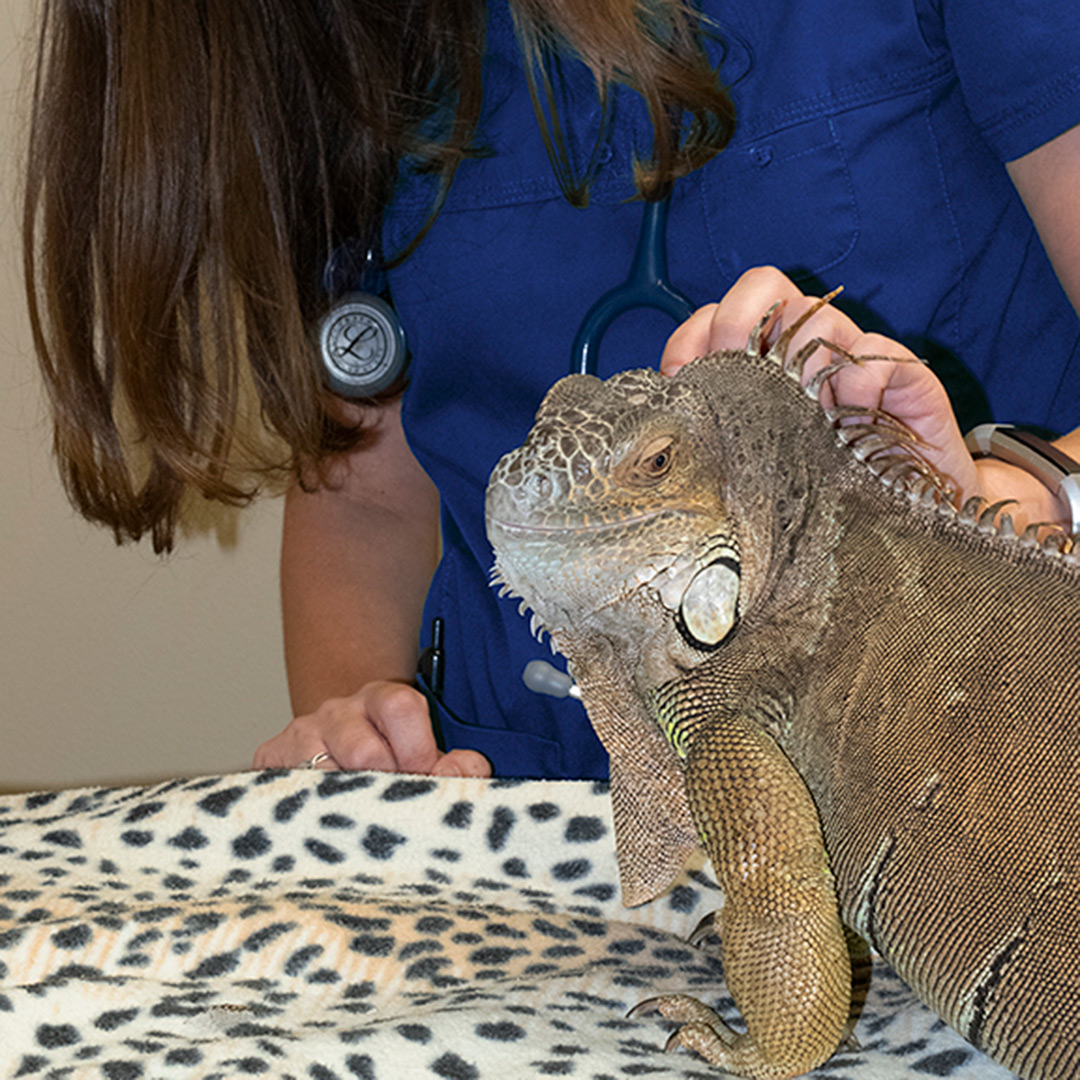
Where can I find the right lizard?
I most always suggest finding a reputable breeder. Believe it or not, there are still people out there who will capture wild reptiles and sell them around the globe. Wild caught reptiles, even when young, often resist handling and are often difficult to tame. They also may come with health problems and parasites from their time in the wild, so I suggest doing your research and find a reputable breeder. You may consider reptile shows- which are common throughout Florida. Breeders usually have to pay significant sums of money to participate in shows, which means they are committed to the profession- and do it with great care and attention.
One important thing to keep in mind- most of these lizards that I will discuss will live up to 20 years if housed and fed properly. This is a significant commitment. If your teenager is begging for one of these great pets- think about what their life will look like in 10, 15 or 20 years. Will you be caring for it if they go off to college- or will they be saddled with the responsibility? All very important things to consider.
As we go through each pet, I will often use the term ‘habitat’- which is their living area, designed to closely resemble their natural environment. Their habitat can be a cage, terrarium, fish tank/aquarium or pen, whichever suits your pet’s needs. I will use the term habitat, regardless of what their home may consist of. Some habitats may need to change over time- as they may outgrow their original habitats as they grow into adulthood.
A few terms to understand that are used below- you may remember these from your biology class- but just in case you need a refresher:
- Herbivore: An animal that eats only plants and or vegetation
- Insectivore: An animal that eats only insects
- Omnivore: An animal that eats both plants and insects
There are several types of lizards that make great reptilian pets, but not all lizards are good for beginners. Those that I think are a good choice:
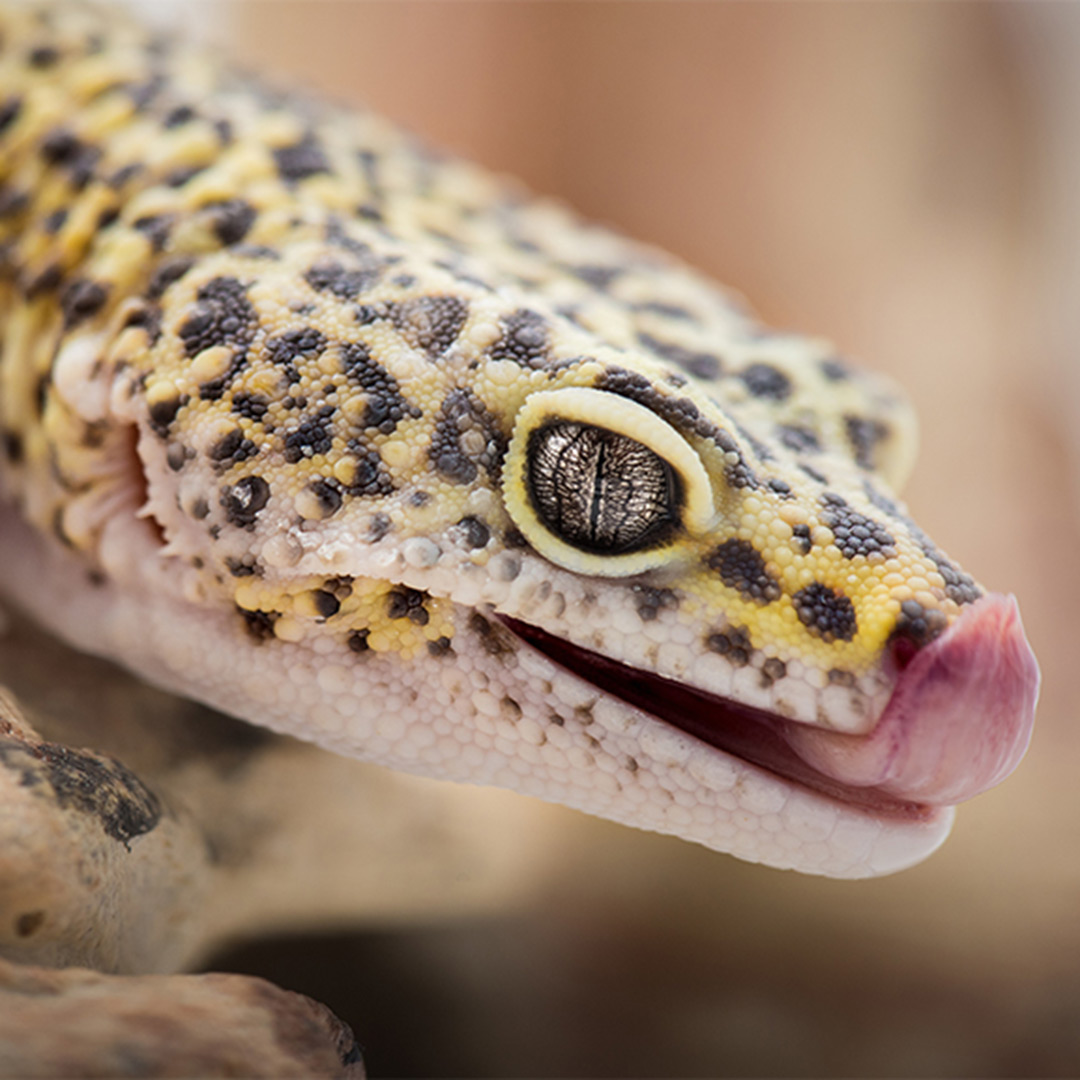
Leopard Gecko
These lizards are some of the most popular pets due to their wide variety of color patterns, they’re relatively easy to tame and they don’t require a ton of specialized equipment for their habitat. They can easily be kept in a well-ventilated aquarium between 10-20 gallons in size with a minimum height of 12 inches. Larger habitats are not always necessarily better and are more difficult to heat effectively.
- Adult average size: 7-8 inches (female) 8-10 Inches (male)
- Lifespan average: 10 years
- Main Diet: Insectivorous- gut-loaded mealworms, crickets and other invertebrates.
- Heating Required: Yes
- UVB/UVA Lights Required: UVB- yes. UVA- no.
- Nocturnal: Yes
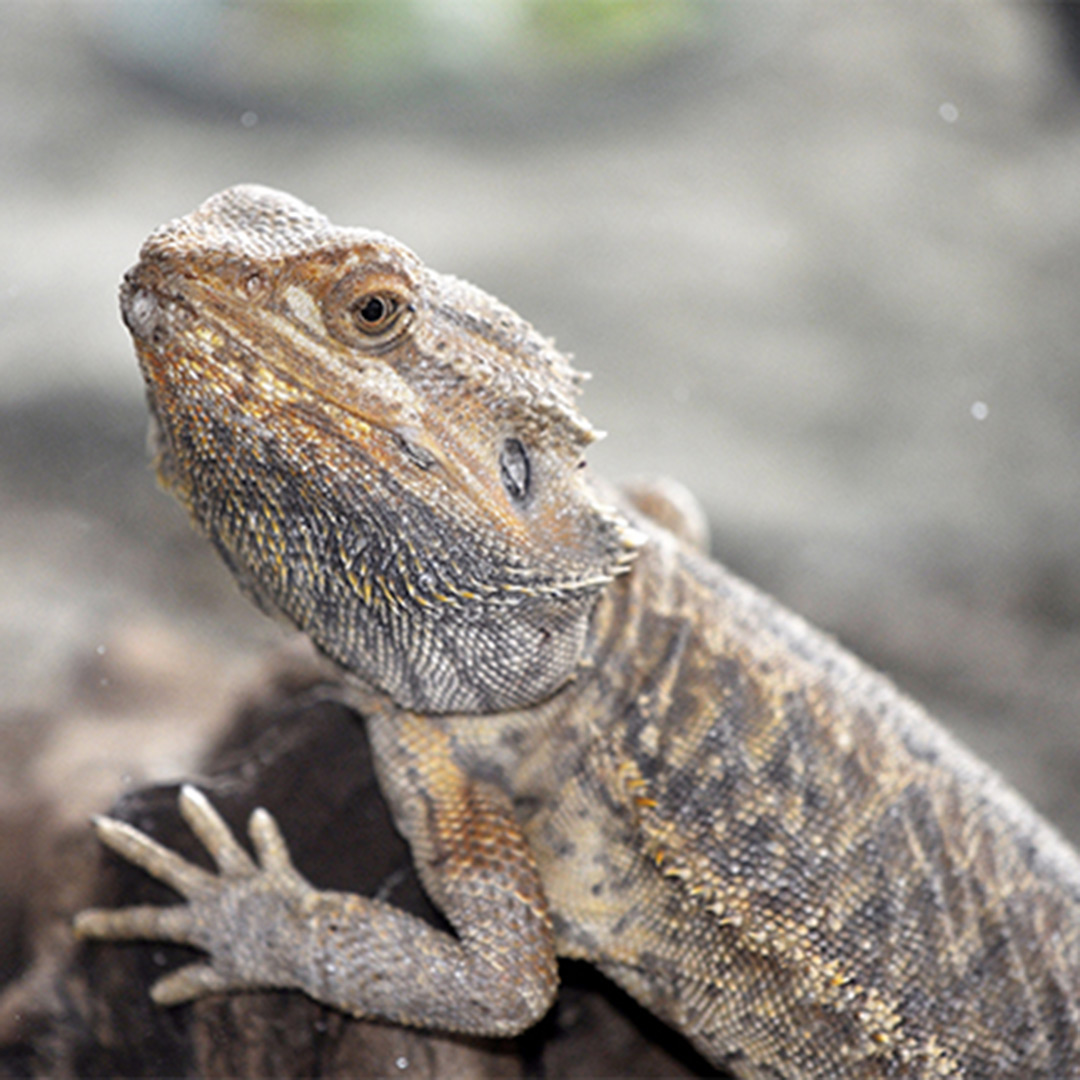
Bearded Dragon
Another popular lizard is the Bearded Dragon. Readily available from specialty breeders and pet stores, the “beardie” is also easy to tame, and most have fun personalities and behaviors. They’re named for their beards that line their throat right under the chin. At times, the beards may change color or stand up which can indicate anything from fear, dominance or mating habits. They require more space as they grow- a 20 gallon tank may suffice to start, but 50 to 75 gallon tanks are ideal, as they can grow to as large as 24” long. Their growth is not limited to the size of their habitat, but on their overall health. These lizards like it hot and dry, so special heating is required for a basking area and separate heat for the rest of the habitat.
- Adult average size: 16-24 inches
- Lifespan average: 6-10 years, although longer lifespans have been recorded up to 20 years.
- Main Diet: Omnivorous- vegetables and gut-loaded invertebrates (crickets, mealworms, roaches or similar)
- Heating Required: Yes, gradient temperatures
- UVB Lights Required: Yes
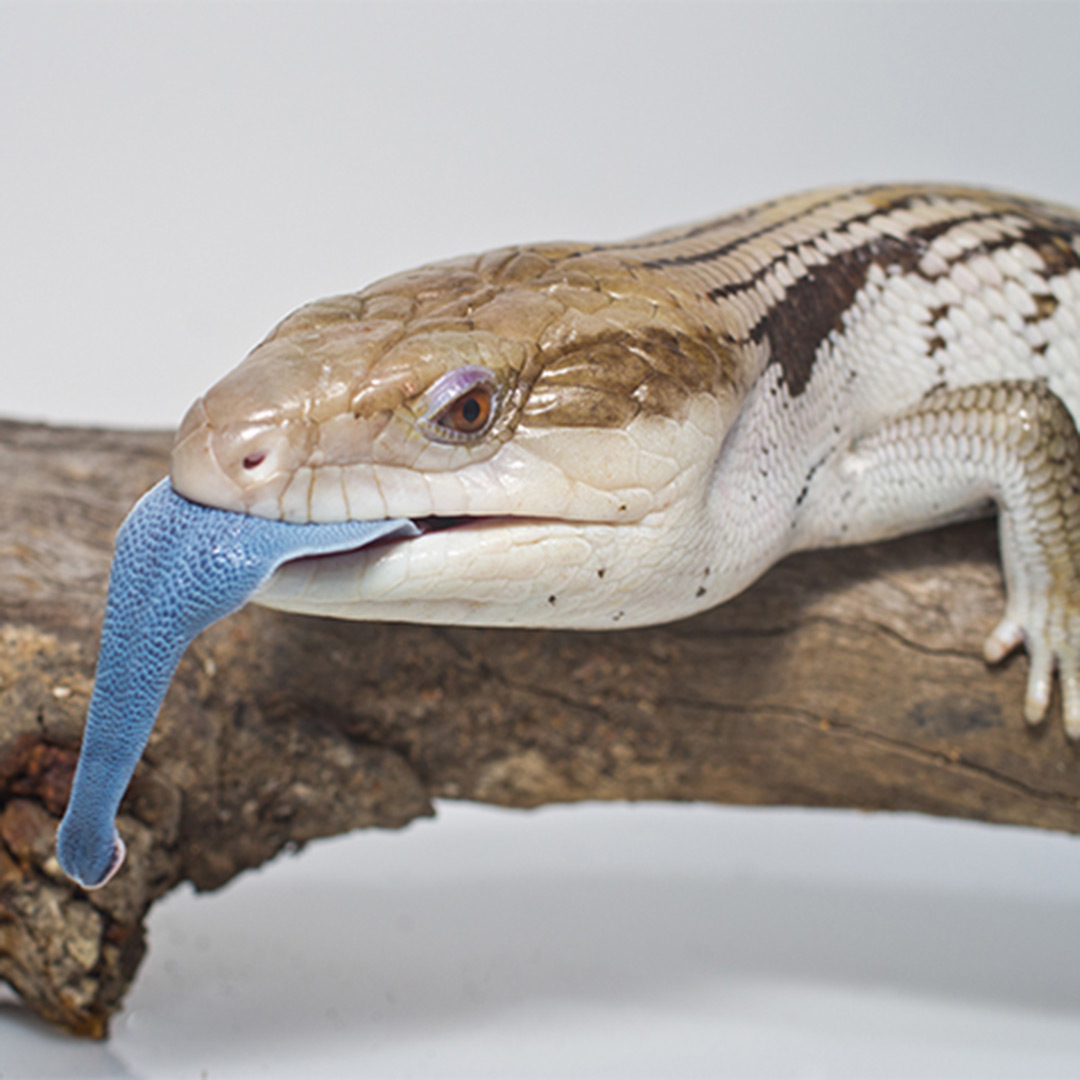
Blue Tongued Skink
They may not be as recognizable as the bearded dragon or the Leopard Gecko, but the Blue-Tongued Skink is quickly gaining popularity due to their great temperament and their ease of care. They’re omnivores, and thrive on a well balanced diet of protein, fruits and vegetables. A small portion of their diet can even include premium canned dog or cat foods. Adults can grow close to 20” in size, so an aquarium of up to 55 to 70 gallons is ideal for adults with a 20 gallon tank for juveniles.
- Adult Average Size: 12” snout to vent
- Average Lifespan: 12-16 years with documented reports of 20 years
- Main Diet: vegetables, fruits and gut-loaded invertebrates
- Heating Required: Yes- gradient temperatures
- UVB/UVA Lighting: Yes
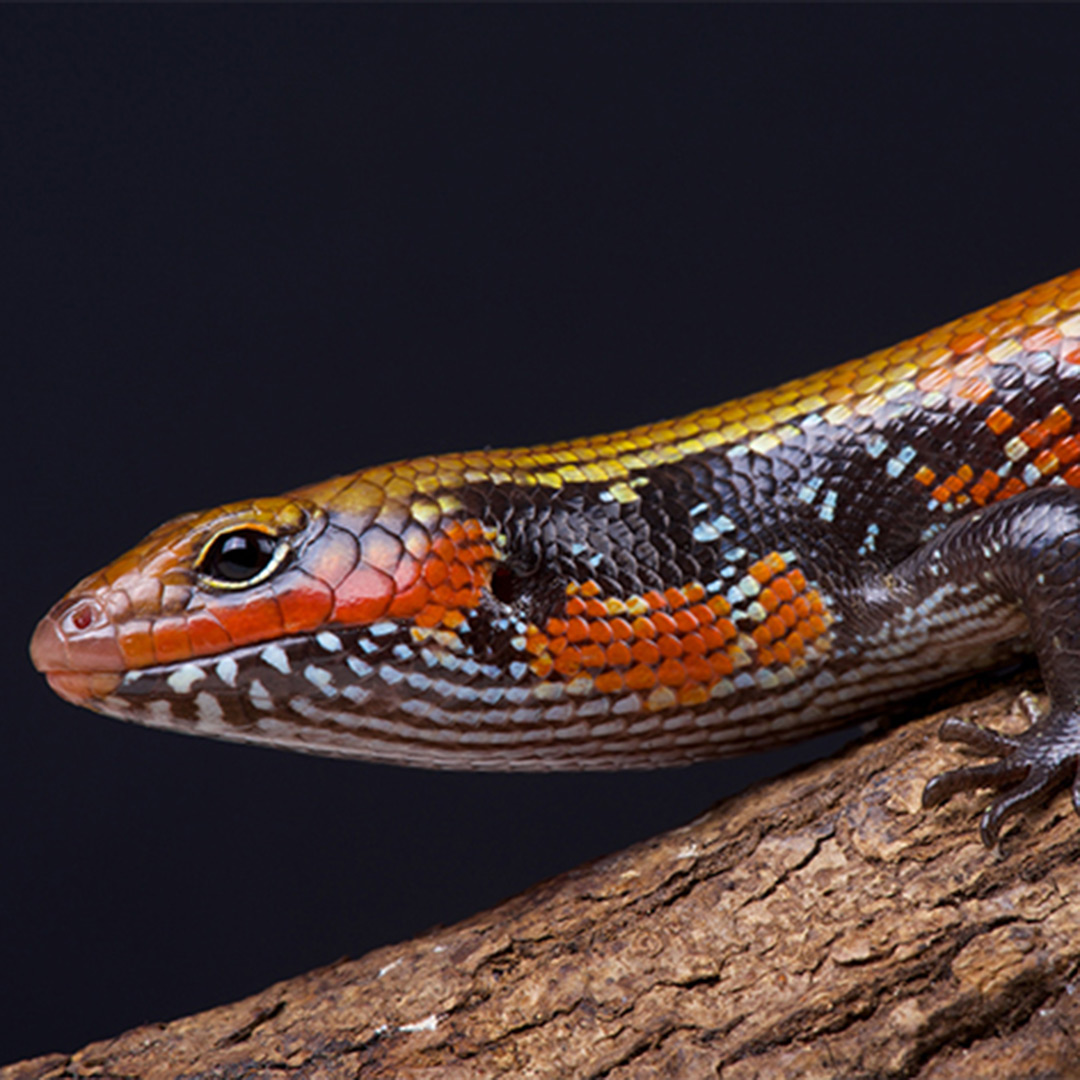
African Fire Skink
These are beautiful creatures with great coloring of orange, brown and black. They may be a little harder to find, but are growing in popularity. Fire Skinks are burrowing lizards, so a larger tank is required for adults- around 50 gallons in size. Since they like to burrow, a deeper substrate is needed, sometimes as deep as 3 or 4 inches in depth. They may seem shy, but they’re not opposed to being handled. They can be quick little creatures, so it is important to handle with care in an environment with little chance for escape.
- Average size: 12”-15”
- Lifespan: 10-15 years with 20 years being recorded in captivity
- Main Diet: Insectivorous- Gut-loaded Crickets, Mealworms, Waxworms
- Heating Required: Yes
- UVB/UVA Lighting: Yes
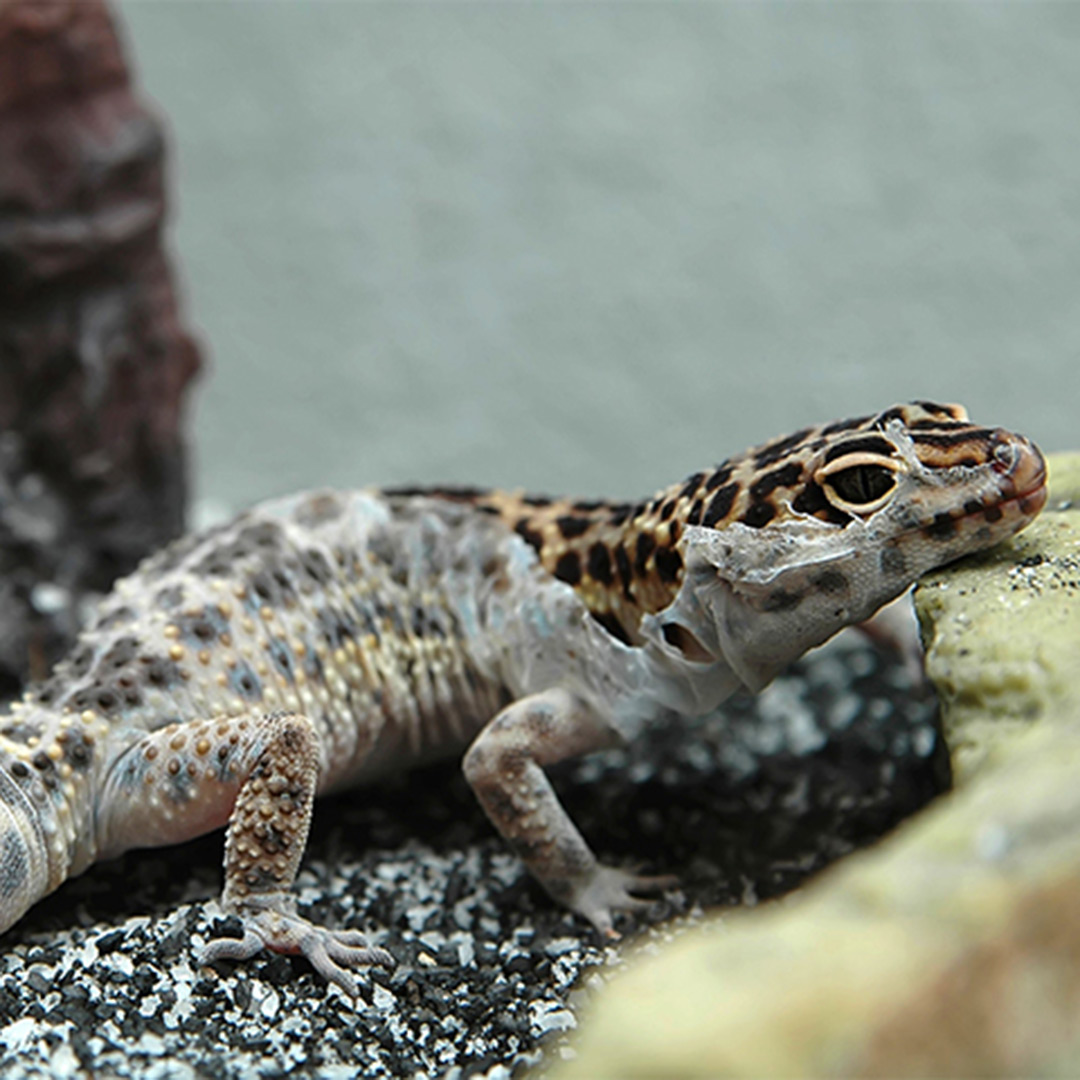
Fat Tailed Gecko
Fat tailed geckos are some of the best reptiles for beginners because they’re relatively easy to maintain. One fat tailed gecko can do well in a 10 gallon tank. If you’re considering more than one, a 20 gallon tank can support one male with multiple females. The males of this species tend to be highly territorial, so it is not advised to put multiple males within the same habitat. Due to their increasing popularity, breeders are creating new morphs with different colors and stripe patterns.
- Adult average size: 6”-10”
- Lifespan: 12-20 years
- Main Diet: Insectivorous- Gut-loaded crickets, roaches, occasional mealworms.
- Heating Required: Yes
- UVA/UVB lighting: no
- Nocturnal: yes
If you’re considering your first lizard, you may not be familiar with the term ‘gut loaded’ when we talk about a reptile’s diet. Gut loaded prey means that the prey has been fed a nutrient rich diet which will be beneficial for your lizard. Crickets should most always be gut loaded, and can be fed a wide variety of foods ranging from kale, collard greens, potatoes and much more. There are also commercial feeds available at most pet stores with a reptile section.
You may be disappointed that I haven’t listed Iguanas or chameleons in my top five. I love these too, but Iguanas can get quite large requiring lots of space. They can also become aggressive, so I don’t recommend them for beginners. Chameleons are lots of fun, too- but can become stressed very easily for a wide variety of reasons. They’re also arboreal (live in trees), so they need a habitat where they can climb with ample foliage. The space requirements are substantial, so I most always recommend avoiding chameleons for beginners.
Remember that many lizards and other reptiles pose the risk of spreading Salmonella. I covered this topic in an earlier blog. Special care needs to be used to ensure that Salmonella is not spread throughout your home. Check that blog out here.
Each of these lizards have unique habitat and feeding needs. There’s not enough time in the day to detail each of their needs here in my blog- but over time, I will be updating my blog to include more information about caring for each specific species. Of course, if you have concerns about any lizard you currently own, I suggest scheduling an appointment with me- as any small problem can turn into a much bigger one in a hurry.
